In the wake of influenza outbreaks and the surge in demand for essential medications like Oseltamivir, the reliability of drugs becomes a critical concern. Environmental reliability testing plays a pivotal role in assessing the stability and effectiveness of pharmaceuticals under various conditions. Let’s delve into the essential aspects of environmental reliability testing for drugs and its significance in ensuring the quality and safety of medications.
1.What is Environmental Reliability Testing for Drugs?
Environmental reliability testing is designed to evaluate the stability and reliability of drugs when subjected to different environmental conditions encountered during storage, transportation, and usage. This comprehensive testing regimen encompasses factors such as temperature fluctuations, humidity levels, light exposure, and more, aiming to determine whether drugs maintain their quality under diverse circumstances.
2. What does Environmental Reliability Testing for Drugs involve?
- Stability Testing: Assessing the sustained effectiveness of drugs over prolonged periods and under varying temperature conditions.
- Light Exposure Testing: Examining the stability and potential changes in photosensitive drugs when exposed to light.
- Temperature Cycling Testing: Simulating temperature variations encountered during transportation and storage to evaluate drug stability.
- Humidity Testing: Evaluating drug stability and potential physical and chemical changes under high humidity conditions.
3. What are the specific test contents of Environmental Reliability Testing for Drugs?
Place the test samples in suitable clean containers, and keep them at 60 degrees Celsius for 10 days. Take samples on the 5th and 10th days for testing relevant indicators. If significant changes occur in the test samples, conduct the test at 40 degrees Celsius. If there are no significant changes at 60 degrees Celsius, the 40-degree test is not necessary.
Temperature range: 0°C to 70°C
Humidity range: 10% relative humidity to 80% relative humidity
Utilizes intuitive touchscreen controller with interval programming and real-time programming
Touchscreen controller with interval and real-time programming, with internal measurement value recording
2. High Humidity Test
Place the test samples in a constant humidity sealed container, and keep them at 25 degrees Celsius under relative humidity conditions of 75%±5% and 90%±5% for 10 days. Take samples on the 5th and 10th days for testing. Testing items should include moisture absorption increase. Liquid formulations may not require this test.
Temperature range: -10 degrees Celsius to 100 degrees Celsius
Extended humidity range: 10% relative humidity to 98% relative humidity
Internal chamber made entirely of stainless steel
Utilizes capacitive humidity sensors and steam humidification for humidity control
Utilizes intuitive touchscreen controller with interval programming and real-time programming
3. Light Exposure Test
Place the test samples in a light exposure chamber or other suitable light exposure container, and keep them under an illuminance of 4500LX±500LX for 10 days (total illuminance of 1.2 million LXH). Take samples on the 5th and 10th days for testing, and if possible, also use ultraviolet light exposure.
Temperature range: 0 degrees Celsius to 70 degrees Celsius
Humidity range: 10% relative humidity to 80% relative humidity
Utilizes capacitive humidity sensors and steam humidification for humidity control
Equipped with illuminated box for light exposure
Utilizes intuitive touchscreen controller with interval programming and real-time programming
4. Accelerated Test
The accelerated test is mainly used to evaluate the impact of short-term deviations from the storage conditions on the quality of active pharmaceutical ingredients. The purpose is to explore the stability of drugs through accelerated chemical and physical changes, and provide necessary data for formulation design, packaging, transportation, and storage. Three batches of test samples are required and placed in the same or similar packaging containers as the commercialized products, kept at a temperature of 40°C±2°C and a relative humidity of 75%±5% for 6 months.
Samples are taken every 3 months, with testing conducted at 0, 3, 6, 9, and 12 months to focus on stability testing items. After 12 months, testing continues at 18, 24, and 36 months, comparing the results with the 0-month data to determine the drug’s shelf life. Due to the general dispersion of experimental data, statistical analysis should be performed according to a 95% confidence interval to determine a reasonable shelf life.
Temperature range: 0 degrees Celsius to +70 degrees Celsius (ambient temperature not exceeding 24 degrees Celsius) Humidity range: RH 10% to RH 80%
Environmentally friendly operation with energy-saving and eco-friendly electronic cooling (Peltier) technology, with independent water supply through water tank.
4. Key Considerations:
Several critical considerations must be kept in mind during drug environmental reliability testing:
– Defining test objectives and conditions based on drug characteristics and usage scenarios.
– Regular sampling and testing throughout the test cycle.
– Comprehensive documentation of all testing processes and results to ensure traceability and assessment of drug stability.
5. Conclusion:
Environmental reliability testing of drugs is indispensable for ensuring the quality, efficacy, and safety of medications. By undergoing rigorous testing, pharmaceutical manufacturers can optimize product design, refine production processes, and uphold the highest standards of drug quality. As we navigate through evolving healthcare challenges, environmental reliability testing remains a cornerstone in safeguarding public health and well-being.
Stay informed about the latest advancements in drug reliability testing and pharmaceutical quality assurance by visiting Linkotest.


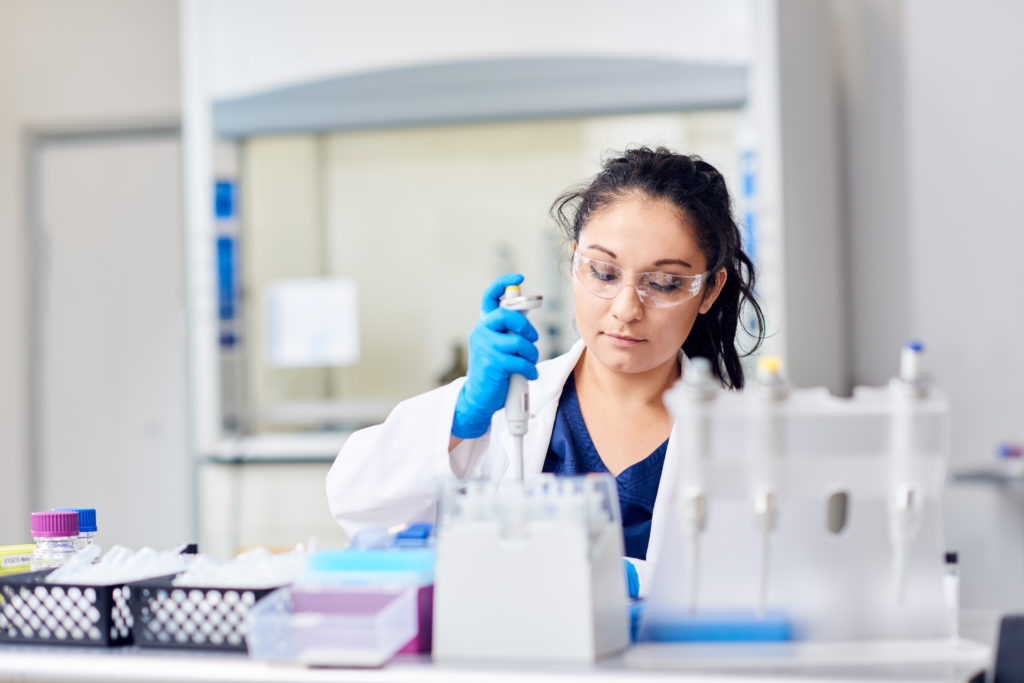

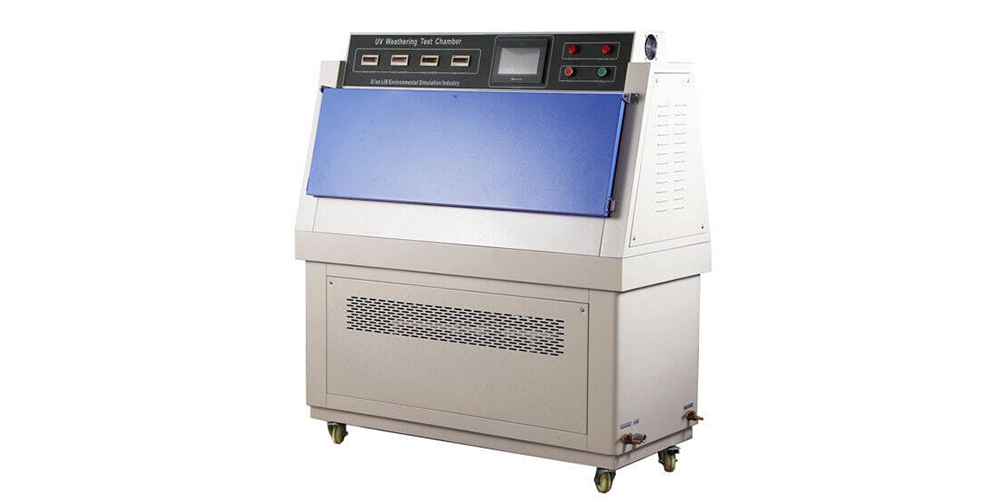
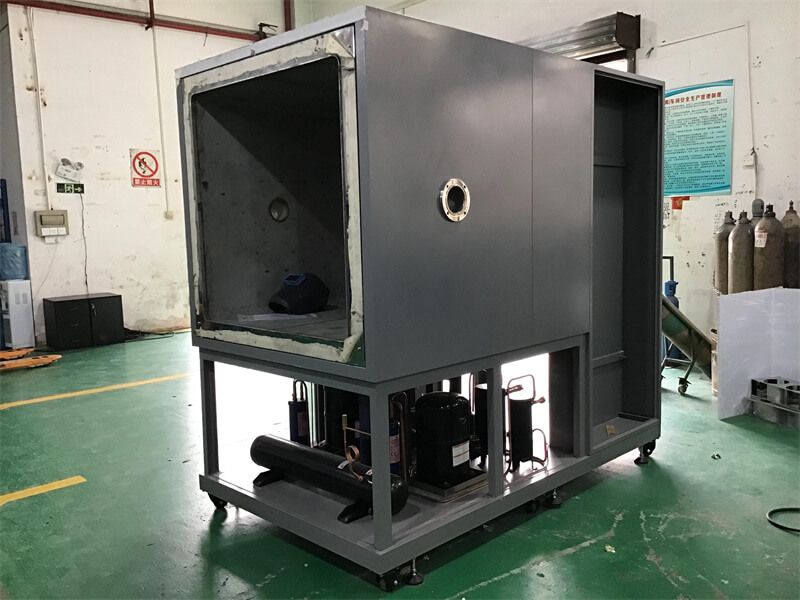
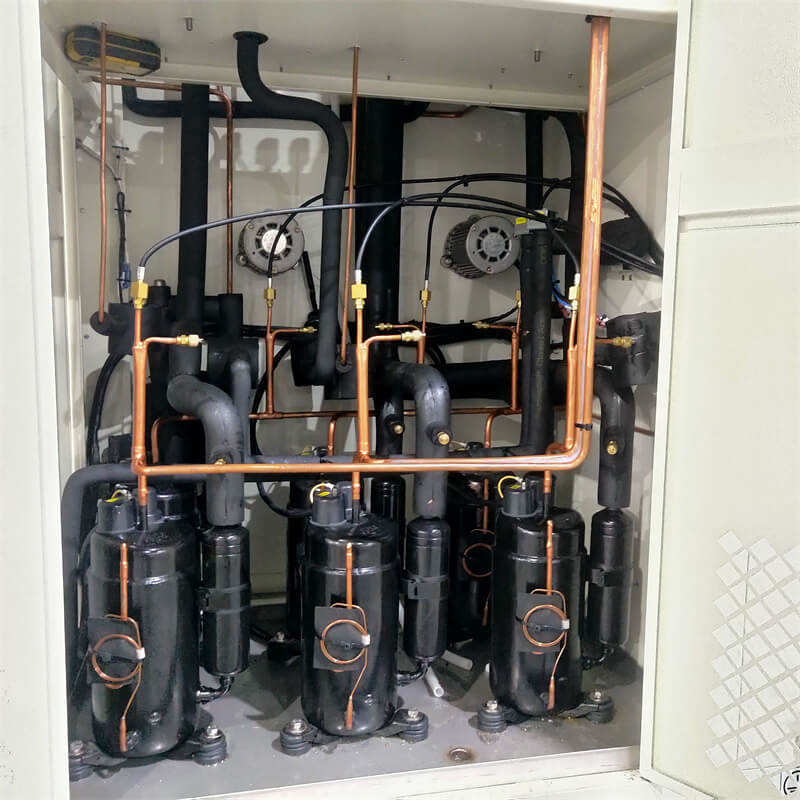
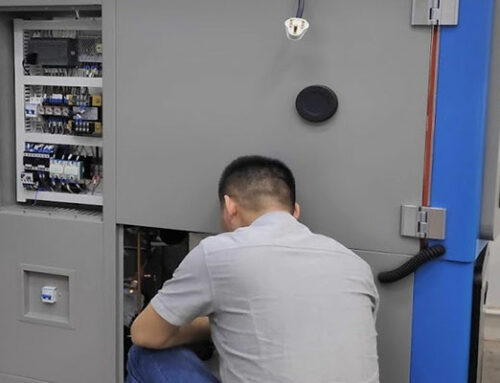


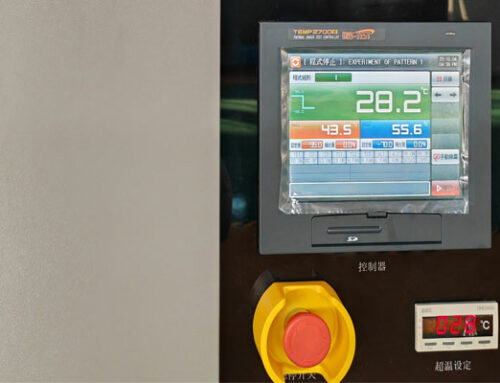
Leave A Comment